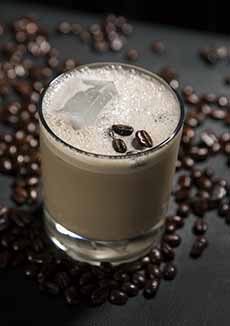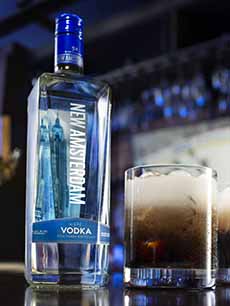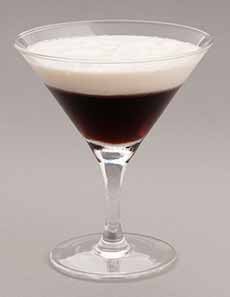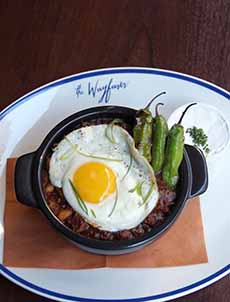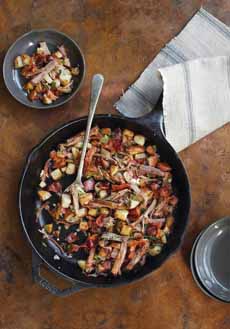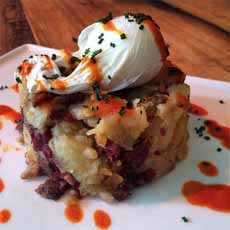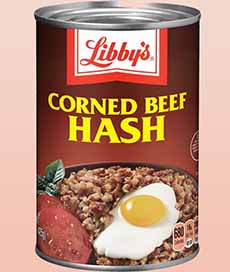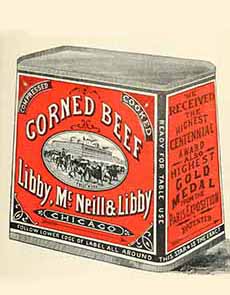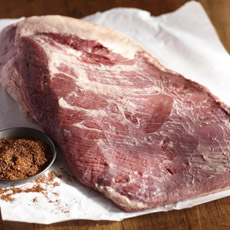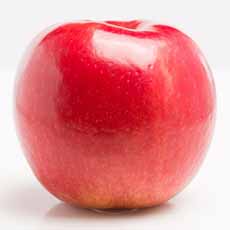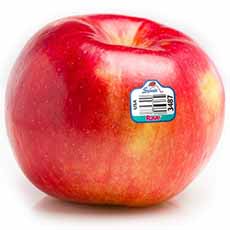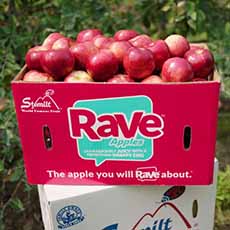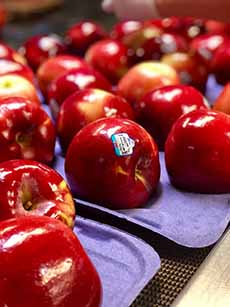|
Our Top Pick Of The Week encourages you to try Chenin Blanc wines from the Loire Valley of France.
These excellent white wines include familiar wines like Savennières and Vouvray, as well as other equally noteworthy but less-well-known white wines of the Loire.
The Loire Valley (pronounced L-WAHR) is a paradise of beautiful scenery and stunning châteaux…plus wonderful cuisine, magnificent goat cheese, and world-beloved wines.
Even in a country known for its centers of culinary excellence, the Loire Valley is known as the “Garden of France.”
The Loire River nourishes its farms, orchards and vineyards; its forests are laden with game.
There are medieval fortresses, impressive cathedrals, Renaissance mansions and bucolic manor houses.
No wonder the kings of France and other nobles built chateaux there.
But on to the wines!
LOIRE VALLEY WINES
The Loire vinters produce red wines, white wines, rosés and sparkling wines, from grapes that include Chenin Blanc, Sauvignon Blanc and Melon de Bourgogne (white grapes), and Cabernet Franc, Gamay and Pinot Noir (red grapes).
The Loire Valley wines can be grouped into three sections:
The Upper Loire focuses on the Sauvignon Blanc grape, grown in the areas of Pouilly-Fumé‡ and Sancerre; and Sancerre Rouge, a red wine made from Pinot Noir.
The Middle Loire grows Chenin Blanc and Cabernet France (used to make Chinon and Saumur-Champigny), in the regions around Angers, Chinon, Saumur, Touraine and Vouvray.
The Lower Loire, that leads to the mouth of the Loire River that flows into the Atlantic Ocean, includes the Muscadet region, which is dominated by wines of the Melon de Bourgogne grape.
The Loire Valley is home to 87 wine appellations under the AOC, VDQS and Vin de Pays systems†.
It can take a semester of study to know them all and years to understand them.
Today, we’ll focus on Chenin Blanc wines (SHEN-in BLONK): principally, Anjou Blanc, Coteaux du Layon, Savennières and Vouvray.
The grape is used to make a variety of wines, all named for the areas where they are produced. The best known is Vouvray.
WHAT IS CHENIN BLANC
Chenin blanc (also as Côteaux de Layon, Pineau de la Loire and Steen [in South Africa]) is a white wine grape variety that originated in the Loire Valley, but is planted the world over.
Some trivia: The most planted grape in South Africa is Chenin Blanc, where the acreage planted is double that in the Loire region!
Beyond South Africa and France, there are major plantings in Australia, California, New Zealand, South Africa and South America (Argentina, Brazil, Mexico and Uruguay).
Today, we focus on Chenin Blanc in its home region, the Loire Valley, a 100-mile stretch of land between the towns of Blois at the east end and Savennières at the west end*.
The grape’s high acidity gives it versatility to make everything from still wines to sparkling wines to dessert wines.
Unlike any other grape except Riesling, Chenin Blanc can be vinified in a range of styles—from austere, mineral and refreshing to rich, honeyed, and sweet (both grapes make great dessert wines).
Its versatility surpasses Riesling in that it also makes excellent sparkling wine [source].
Like all wine grapes, Chenin Blanc yields different flavors and aromas based where it is planted: the terroir, vintage variation and winemaker’s treatment (oaked or non-oaked, chapetilization, type of barrels for aging, aging time before release, e.g.).
As with all wine grapes, the terroir‡‡ of the region where they grow will largely dictate whether Chenin blanc is produced in a predominately sweet or dry manner, while the vineyard soil type will generally influence the overall style of the wine.
While in some areas of the world, Chenin Blanc grapes are decent and will create a “workhorse variety” of wine or a blending grape used for its acidity, in the Loire Valley the grape is prized as a premium quality, able to produce world class wines.
THE GREAT CHENIN BLANC WINES
First, a note about French wine labeling. In France, wines are called by the towns or regions where they are made, not by their grape variety. Thus, you buy “White Burgundy,” not Chardonnay; or “Bordeaux,” not Cabernet.
In the Loire, you buy Anjou Blanc (a villages wine**), Savennières (a designated wine of Anjou) or Vouvray, not Chenin Blanc. Both are AOC wines.
What’s the difference? Terroir‡, and winemakers’ individual “recipes” (i.e., how they make their wines).
The white wines of the Anjou AOC express Chenin Blanc as a dry wine, with flavors of quince and apples. They tend to be denser, more concentrated and more austere wines. The best-known dry Anjou white is Savennières.
Generic Anjou Blanc is usually dry. The best-known dry Anjou white is Savennières.
Within the Anjou appellation lies Coteaux du Layon, a fairly large area that is an AOC for sweet wine. The level of sweetness in these wines varies substantially. In a year when the wines turn out to be dry, they can be downgraded to Anjou Blanc.
There are two sub-regions within the Coteaux du Layon region that have their own appellations: Chaume and Bonnezeaux. These wines are always sweet, and express the Anjou aromas and flavors of quince and apples.
Vouvray is the standard-bearer for Chenin Blanc. This region makes outstanding dry wines.
Vouvray is generally brighter and more accessible when young, developing honey and floral characteristics with age. The local style is aim off-dry, making the wines are more lush and fruity.
Per Jancis Robinson, author of the Oxford Companion to Wine, “Vouvray is Chenin Blanc, and to a certain extent, Chenin Blanc is Vouvray.”
Vouvray is also famous for its sweet wines. In the best vintages, the grapes can be left on the vines to develop noble rot, producing an intense, viscous dessert wine which age astonishingly well for as long as 100 years. Once a bottle is opened, any unfinished wine can still taste delicious months later.
Sparkling Vouvray is made by the Methode Champenoise. Because of the nature of Chenin Blanc, it is wonderfully crisp and refreshing with just a touch of sweetness even at the Brut level, similar to the sugar level in a Brut Champagne.
THE HISTORY OF CHENIN BLANC
The Chenin Blanc grape may have been brought to the Loire Valley more than 1,000 years ago. But viticulture there began much earlier.
The Loire Valley’s climate attracted the ancient Romans, who conquered and annexed Gaul and planted the first vineyards there during their in the 1st century C.E.
By the 5th century, the flourishing viticulture of the area was noted in a publication by the poet Sidonius Apollinaris.
In his work the History of the Franks, Bishop Gregory of Tours wrote of the frequent plundering by the Bretons of the area’s wine stocks.
By the 9th century, wine made from the Chenin Blanc grape was made at the Glanfeuil Abbey, just south of Angers [source].
By the 11th century, the wines of Sancerre were applauded across Europe for their high quality.
In the High Middle Ages (around 1000 to 1250 C.E.), the wines of the Loire Valley were the most esteemed wines in England and France—even more prized than those from Bordeaux [source].
A white grape known as Plant d’Anjou was planted between 1520 and 1535 at a site called Mont Chenin in the Rhone Valley city of Touraine.
None one can say for sure, but one ampelographer (an expert in the field of botany concerned with the identification and classification of grapevines) theorized that Chenin blanc originated in the Anjou wine region, sometime in the 9th century.
In 1999, DNA analyses revealed that Chenin blanc is an offspring of the Jura wine grape Savagnin, and that it has a sibling relationship with Sauvignon Blanc.
CHENIN BLANC FOOD PAIRINGS
There are enough Chenin Blanc styles to appeal to different food pairings.
Asian cuisines.
Cheeses: goat cheeses and others (see below); pungent cheeses with sweet wines.
Cream sauces on chicken, pasta and seafood (especially oaked wines).
Desserts (for the sweet Vouvrays and Bonnezeaux from Anjou)
Fish: rich and oily varieties such as anchovies, herring, mackerel, salmon, sardines, swordfish, trout, and tuna.
Shellfish (a win-win is a dish like Lobster Newburg, in a cream sauce with wine and brandy).
Vegetable dishes and salads.
In addition to goat, popular cheese pairings include:
Alpine-style cheeses
French: boursin, brie
Italian: burrata, mozzarella, ricotta, stracchino
Greek: feta
Why does the Loire Valley specialize in goat cheese?
Of the hundreds of types of French cheeses, only 48 are protected with AOC† status. Six of these are from the Loire Valley, where the signature cheese is chèvre—goat cheese in English.
As the [somewhat apocryphal] story goes, in 732, the Franks and the Umayyad Caliphate of the Middle East fought the Battle of Tours in the central Loire Valley.
The Franks were victorious, and as the Umayyad (called Saracens by the Europeans of the time) were driven south, they supposedly left their goats behind.
Ever since then, goats have been plentiful inhabitants of the Loire Valley.
No place on earth makes such acclaimed goat cheese, including the AOC standouts: Chabichou de Poitou, and Crottin de Chavignol, Pouligny-Saint-Pierre, Sainte-Maure de Touraine, Selles-sur-Cher and Valençay. It is the French way, all named for the villages that produce them.
What time is it?
Time to grab a bottle of Vouvray and some different goat cheeses, and take a break.
|
|

[1] A bottle of Savennieres Chateau d’Épire, made of Chenin Blanc grapes in the Loire Valley. It’s served with oysters (here Bélon oysters from the Bélon River in Brittany, France), a great food pairing (photo © Chateau d’Épiré | Facebook).

[2] A glass of Chenin Blanc-based wine, pale in color and lighter in body (photo © Tommy Bahama | Facebook).

[3] Chenin Blanc grapes, ready to be picked (photo © Markus Winkler | Unsplash).
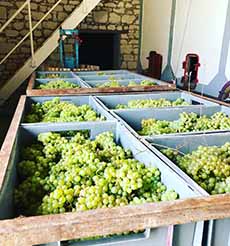
[4] Picked and ready to crush, at Domaine de l’Enchantoir (photo © Domaine de l’Enchantoir).

[5] There’s no place like home: Château d’Épiré in Savennières (photos #5 and #6 © Château d’Épiré).

[6] Loire Valley white wine bottles are more narrow and thus taller than other bottles, like Burgundy. Here, Chateau d’Épiré Savennieres 2017, made at the château above. It has aromas of honeycomb and lemon verbena and a strong minerality on the palate.
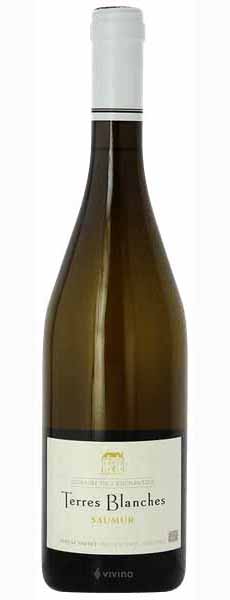
[7] Domaine l’Enchantoir Saumur Terres Blanches 2018, from the Saumur region of the Loire. It’s fruity with white flower aromas (photo © Domaine l’Enchantoir).
|


